11 Benefits of MVP Development Services for New Startups (2024)
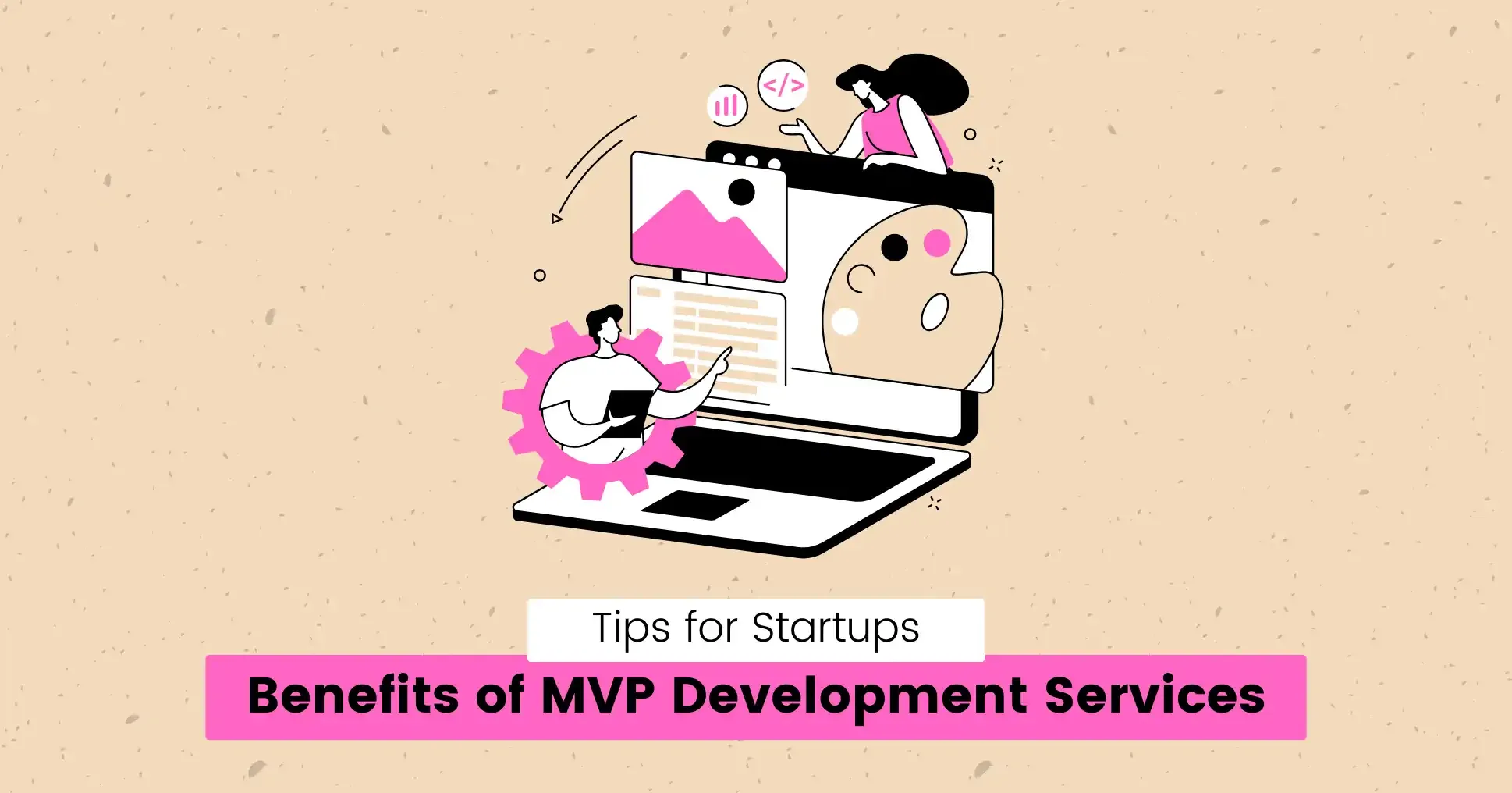
Starting a new business can be overwhelming.
You’ve got a brilliant idea, but bringing it to life is a different challenge.
This is where MVP (Minimum Viable Product) development services come into play.
MVP is a basic version of a product that includes just enough features to be usable by early customers.
The idea is to release this basic version quickly to gather feedback and make improvements based on real user experience.
This helps develop a product that better meets customer needs without investing too much time and resources.
Here are 11 benefits of using MVP development services for your startup.
Cost-Efficiency
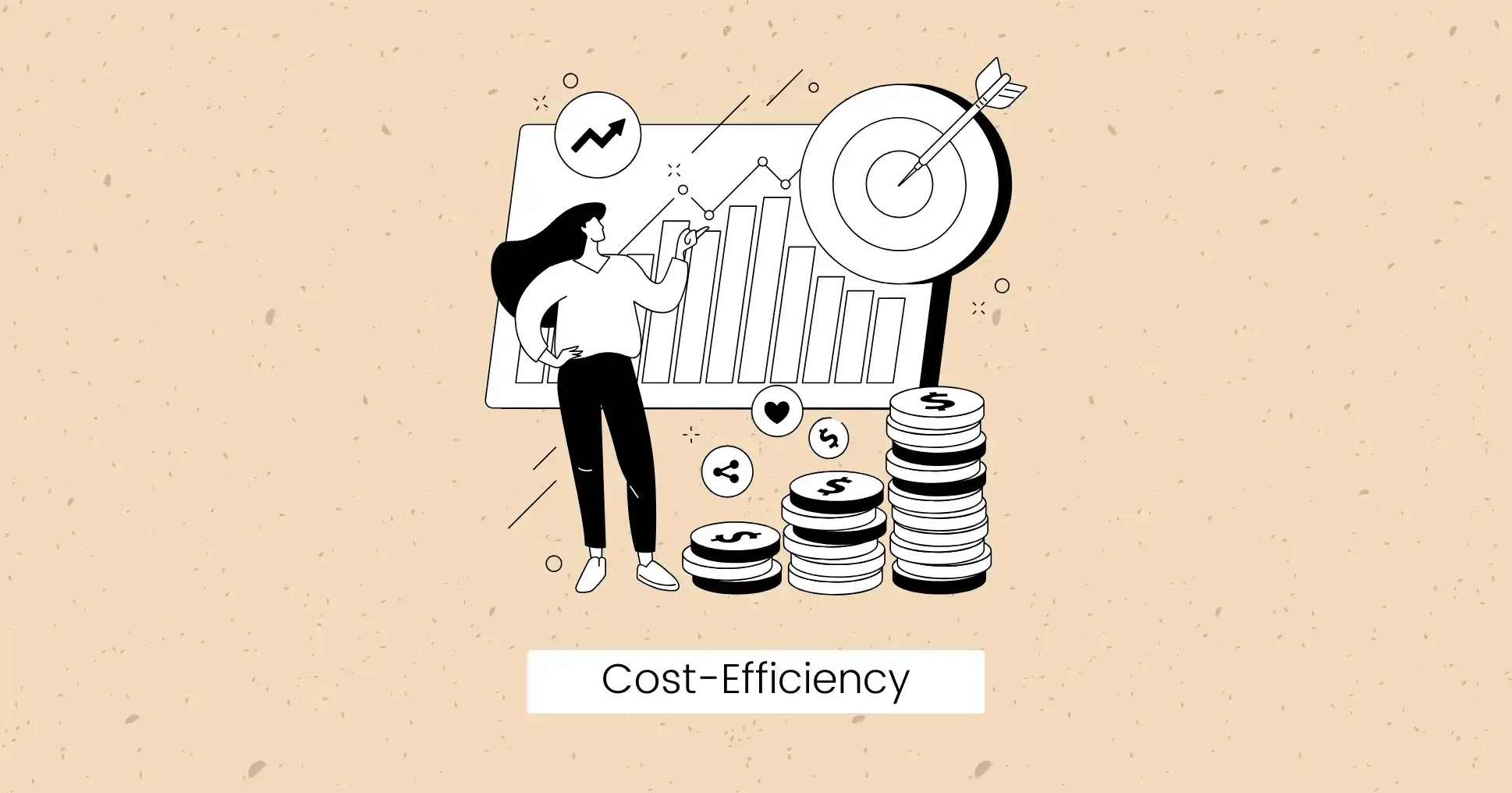
Many startups burn through their budget quickly without seeing any returns.
This can lead to financial stress and even failure before the product is fully developed.
MVP development focuses on building the most essential features first, saving money.
Key Tips:
- Prioritize features based on user needs.
- Use open-source tools when possible.
- Review and adjust the budget.
Mistakes to Avoid:
- Overspending on non-essential features.
- Ignoring budget reviews.
Example: A startup saved 30% of its initial budget by focusing on core features first.
Request a Custom Quote
Custom solutions specifically for you. Every business is unique. Let us create a quote that is perfectly custom to your needs. Contact us now to get a quote!

Faster Time-to-Market
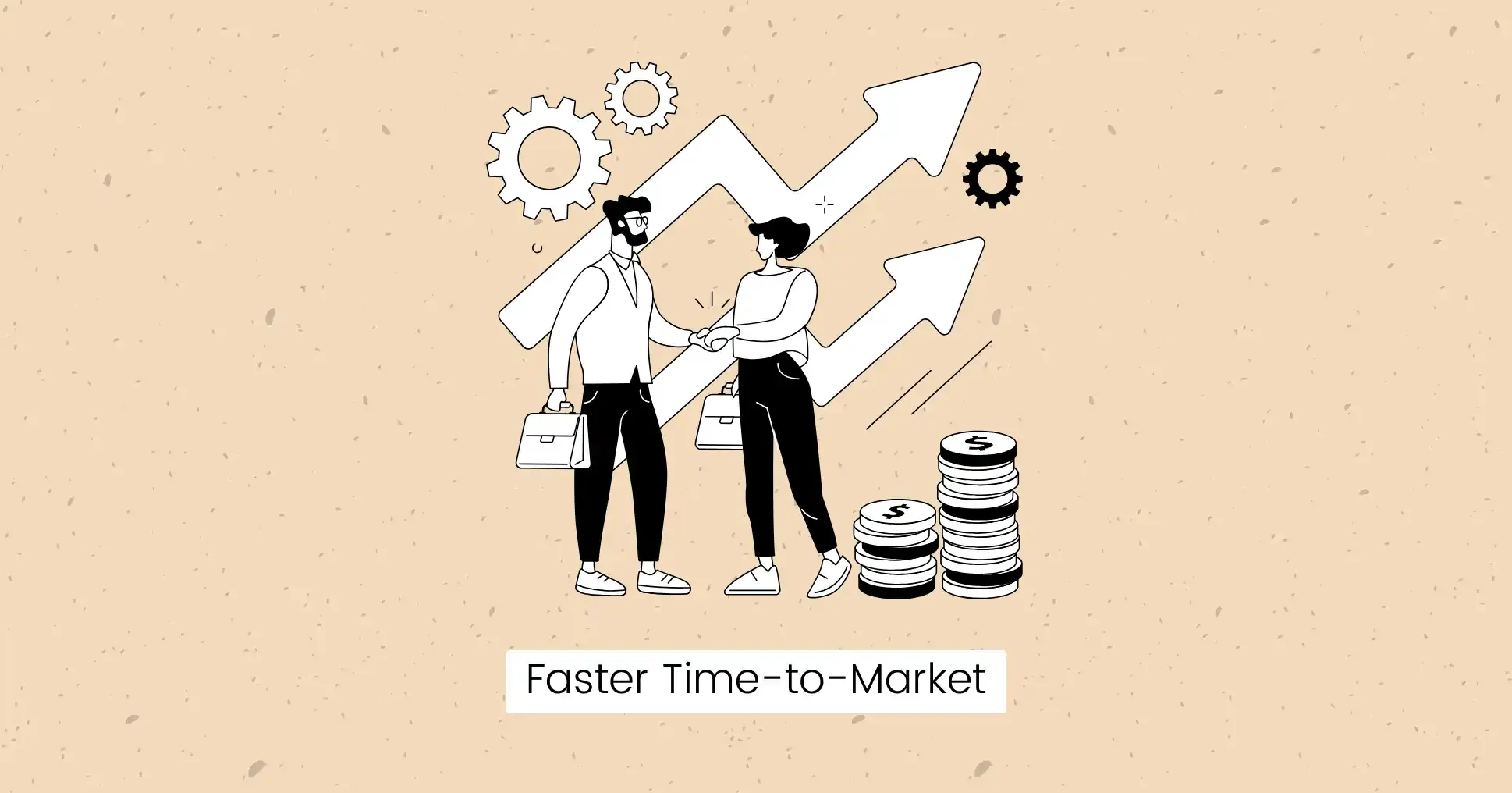
Launching a product can take months or even years.
Long development times mean missed opportunities and competitors getting ahead.
MVP allows you to launch quickly with essential features, getting your product to market faster.
Key Tips:
- Set clear deadlines.
- Use agile methodologies.
- Keep the team focused on core functionalities.
Mistakes to Avoid:
- Adding unnecessary features.
- Delaying launch dates.
Example: A company launched its MVP in three months, gaining an early market advantage.
Tip: If you need a MVP for your idea, contact JetCoders . Turn your idea into a minimum viable product.
User Feedback
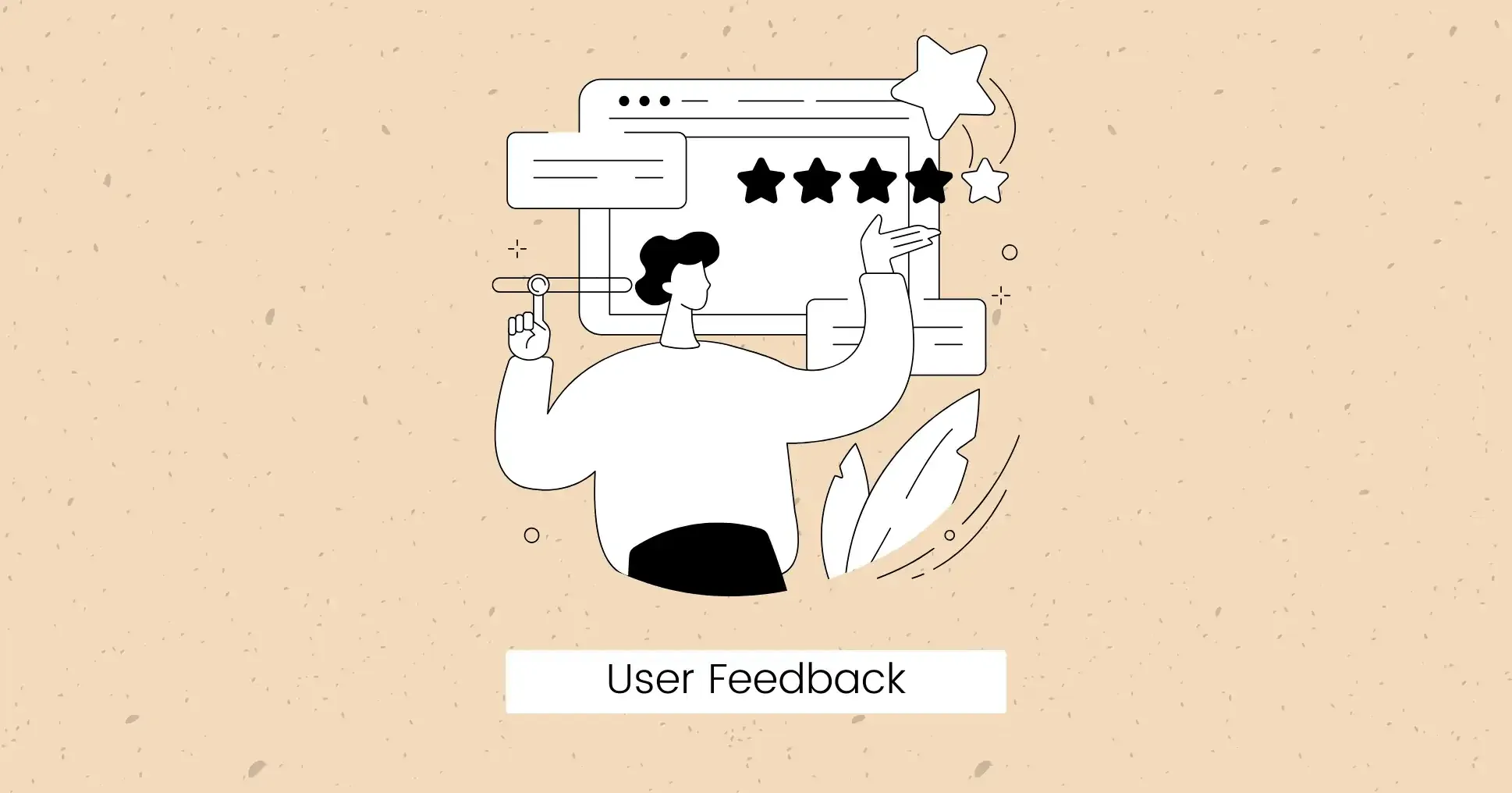
Developing a product without knowing what users want can lead to failure.
Ignoring user needs can result in a product no one wants.
An MVP lets you gather real user feedback early, guiding future development.
Key Tips:
- Conduct user surveys.
- Implement feedback loops.
- Make iterative improvements based on feedback.
Mistakes to Avoid:
- Ignoring user feedback.
- Making changes without proper analysis.
Example: User feedback helped a startup adjust its features, resulting in a 50% increase in user retention.
Risk Reduction
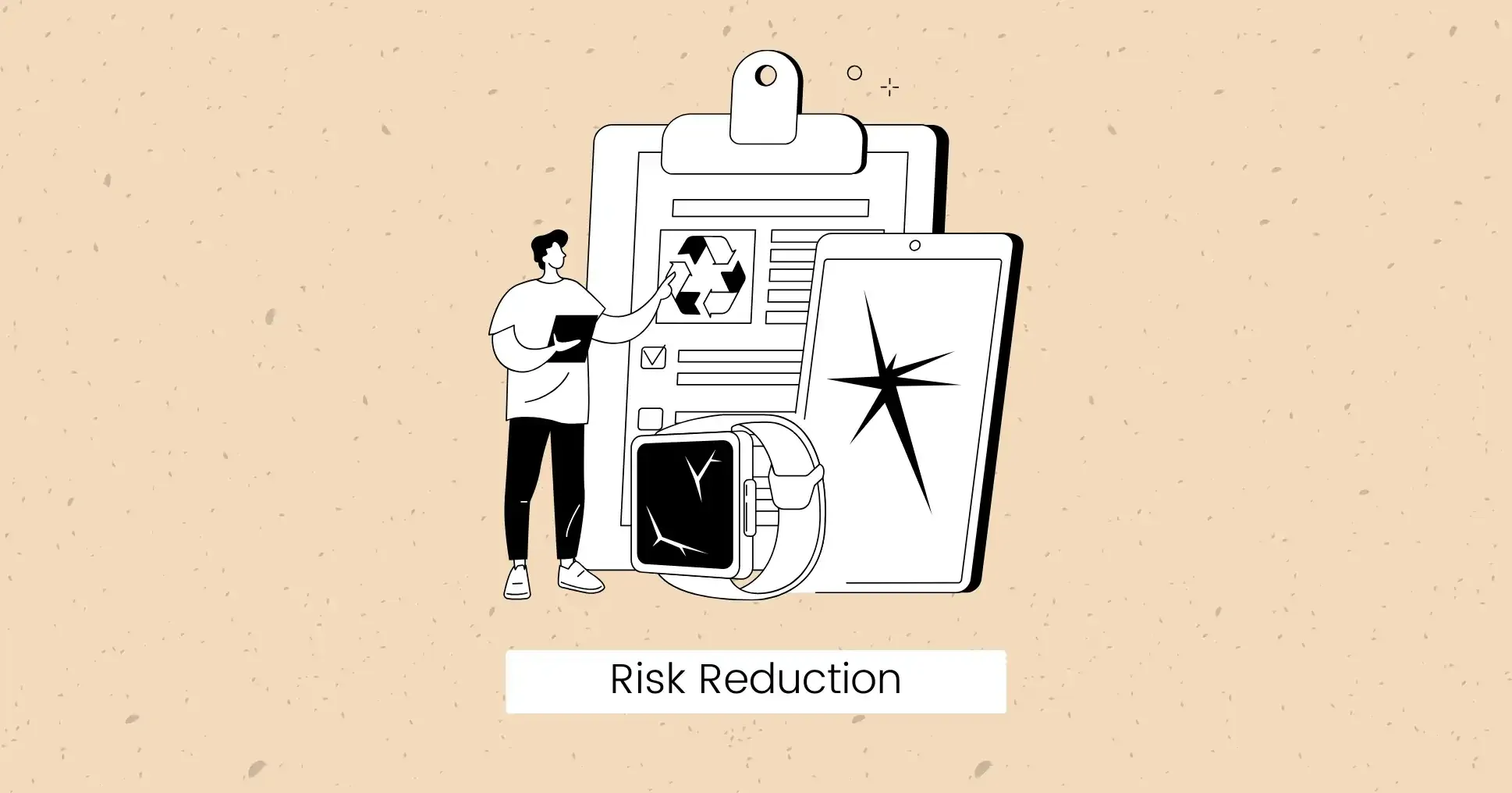
High development risk can lead to project failure.
Investing time and money in a full-scale product without validation increases risk.
MVP helps test the waters, reducing risk by validating ideas early on.
Key Tips:
- Conduct market research.
- Use A/B testing.
- Validate assumptions early.
Mistakes to Avoid:
- Skipping validation steps.
- Ignoring market research data.
Example: A startup reduced its risk by testing its core idea with an MVP before full-scale development.
Speak to an Expert
Need advice? Our experts are here to help! Our team is ready to answer your questions and provide you with detailed guidance. Click here to schedule a free consultation today!

Focus on the Core Value Proposition
It’s easy to get distracted by adding too many features.
This can dilute your core value proposition and confuse users.
MVP development keeps you focused on your main value proposition.
Key Tips:
- Identify your unique selling point.
- Stick to the essentials.
Mistakes to Avoid:
- Overcomplicating the product.
- Forgetting your core mission.
Example: A company stayed true to its core value proposition, resulting in a loyal customer base.
Investor Attraction

Securing funding can be challenging without a tangible product.
Investors are hesitant to fund ideas without proof of concept.
An MVP provides a working model, making it easier to attract investors.
Key Tips:
- Highlight your MVP’s successes.
- Prepare detailed reports.
- Use data to support your pitch.
Mistakes to Avoid:
- Underestimating investor expectations.
- Lack of preparation for investor meetings.
Example: An MVP helped a startup secure $1 million in seed funding by demonstrating potential success.
Scalability
Building a product that can’t scale can limit growth potential.
Non-scalable products struggle as user demand increases.
MVP development focuses on creating a scalable product from the start.
Key Tips:
- Plan for growth.
- Use scalable technologies.
- Review scalability options.
Mistakes to Avoid:
- Ignoring future growth potential.
- Using non-scalable tools and technologies.
Example: A startup built an MVP that scaled effortlessly as user demand grew, avoiding costly redesigns.
Competitive Advantage
Entering a competitive market can be tough without differentiation.
It’s difficult to stand out in the market without a unique offering.
An MVP helps you find your niche and develop a competitive edge quickly.
Key Tips:
- Analyze competitors.
- Focus on unique features.
- Highlight your differentiators clearly.
Mistakes to Avoid:
- Copying competitors blindly.
- Neglecting to highlight unique features.
Example: A startup identified a gap in the market and used its MVP to fill it, gaining a competitive edge.
Resource Allocation
Misallocating resources can lead to inefficiencies and wasted efforts.
Inefficient use of resources hampers progress and increases costs.
MVP helps allocate resources efficiently by focusing on essential features first.
Key Tips:
- Create a resource allocation plan.
- Monitor resource usage regularly.
- Adjust resource allocation as needed.
Mistakes to Avoid:
- Allocating resources without proper planning.
- Failing to monitor resource usage.
Example: An efficient resource allocation plan helped a startup complete its MVP within budget and time constraints.
Improve Team Collaboration
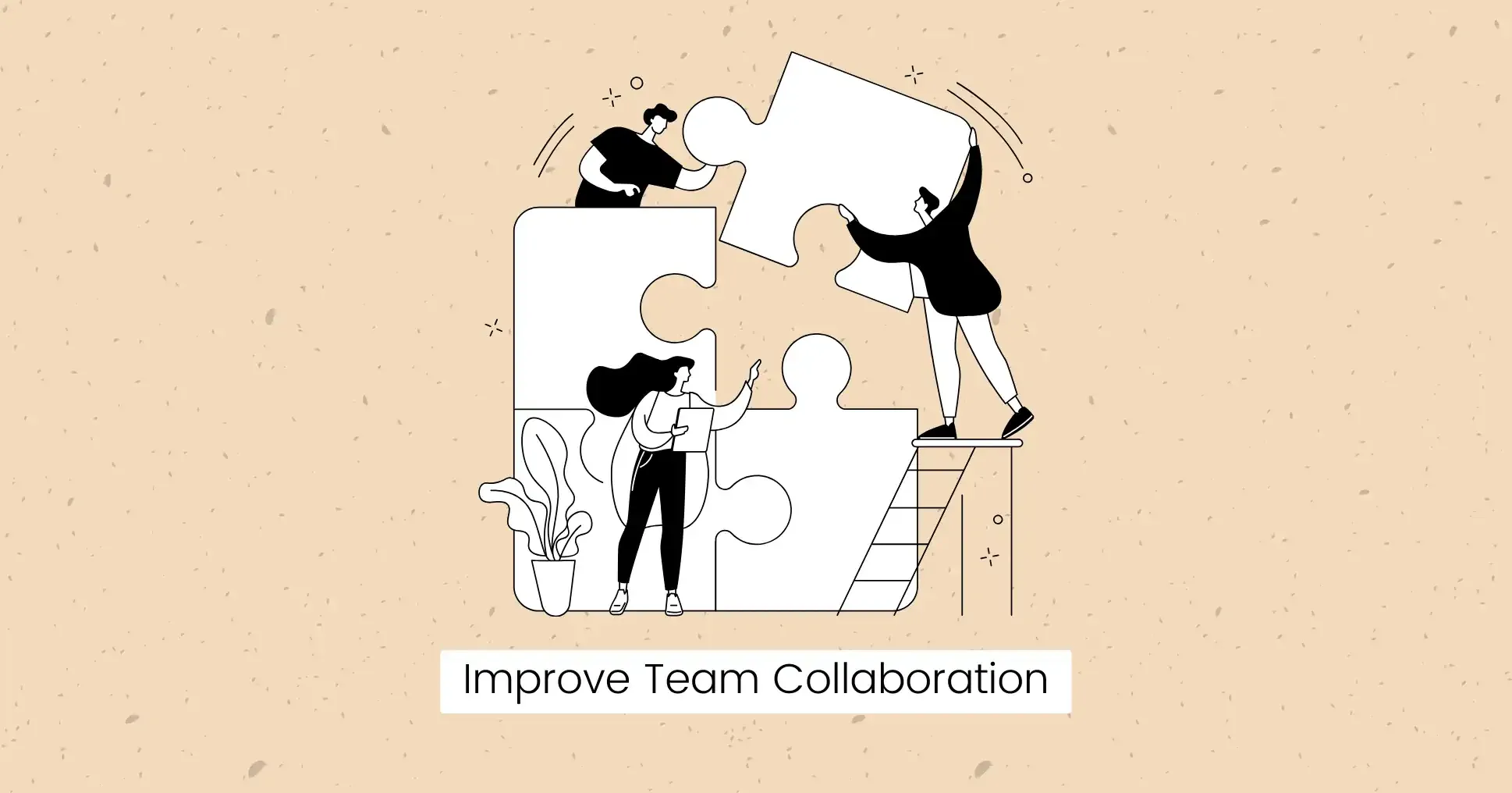
Poor team collaboration can slow down development and confuse.
Miscommunication and lack of coordination lead to delays and errors.
MVP development promotes better team collaboration by focusing on clear goals and agile methods.
Key Tips:
- Use collaboration tools like Slack or Trello.
- Hold regular team meetings.
- Encourage open communication and feedback.
Mistakes to Avoid:
- Ignoring team dynamics.
- Lack of clear communication channels.
Example: Improved team collaboration helped a startup complete its MVP efficiently, reducing time-to-market by 20%.
Customer Validation
Building a product without customer validation risks missing the mark entirely.
If customers don’t validate your idea, you might end up with a useless product.
MVP allows for early customer validation, ensuring the product meets market needs.
Key Tips:
- Engage with potential customers early.
- Conduct user testing sessions.
- Collect and analyze customer feedback consistently.
Mistakes to Avoid:
- Skipping customer validation steps.
- Ignoring negative feedback or not addressing it appropriately.
Example: Early customer validation helped a startup refine its product, resulting in higher customer satisfaction upon full launch.
Final Words
Using MVP development services can be a game-changer for new startups. Focusing on essential features first saves time and money while reducing risks.
Remember to engage users early, validate your ideas, and adjust based on feedback.
Avoid common mistakes like ignoring user input or overspending on non-essential features.
You will love to read the following guides as well:
- 7 Components of a Good Landing Page for Small Business
- 10 Different types of websites for your business
- 8 Reasons why small business need a website
FAQs
Why is MVP important for startups?
MVP is crucial for startups as it allows them to validate their ideas with minimal investment, reducing risks and saving time and money.
How long does it take to develop an MVP?
The time required varies based on complexity but typically ranges from a few weeks to a few months.
Can an MVP help attract investors?
Yes, having an MVP demonstrates your concept’s viability, making it easier to attract investors.
What should be included in an MVP?
An MVP should include core features that address the primary problem your product aims to solve.